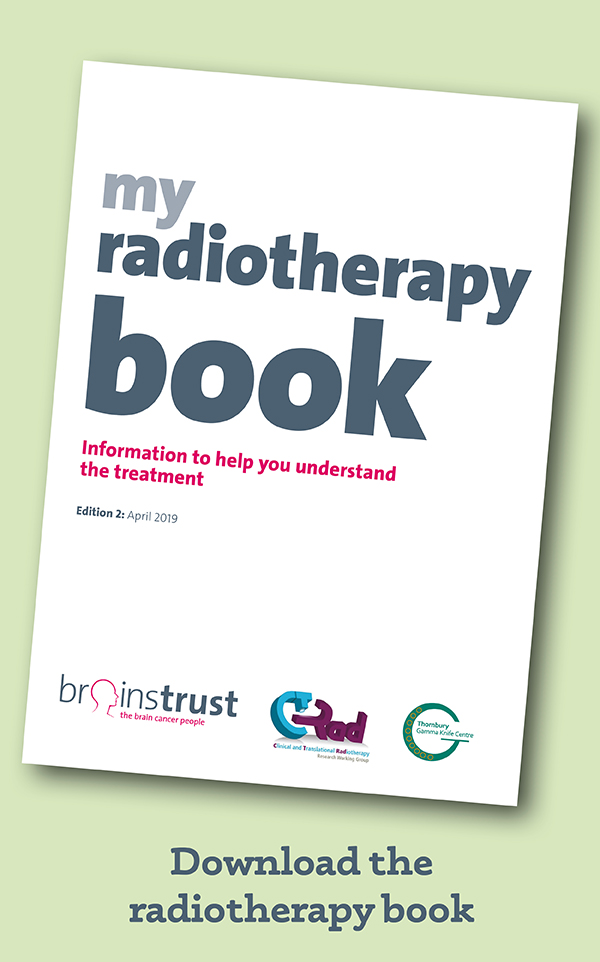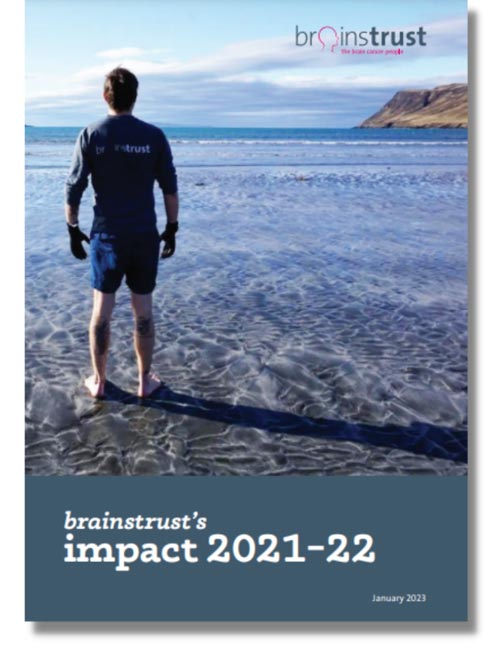We are changing the world for people living with a brain tumour.
Read on. Get involved. Help change the world.
We know that by understanding the real issues you face, we can improve your quality of life. And if quality of life is improved, so is prognosis. We also know that a brain tumour cure can’t happen until there’s a good research infrastructure, with proper patient involvement. These ideas sit behind all of our campaigning work.
The brain tumour tissue campaign
To save lives in the future, please think about donating your tissue to research today.
All you need to do for this to happen is to start the conversation with your Neurosurgeon. Ask your them about the consent form at your next appointment.
To help you out with tackling the subject, download and print out either of these leaflets, have a read, and hand the card to your medical team – this will start the conversation. This easy step could save thousands of lives in the future
Save lives. Be a brain tumour tissue donor
Raising awareness
Help us raise awareness about the real issues people with a brain tumour face.
Share your story and so we can make care more impactful.
Help us raise awareness of real issues
Campaigning to make quality of life a priority
Together we can make sure that quality of life is not just our priority, but everyone’s.
Clinical research: putting patients at the centre
People living with a brain tumour should come first. This is a core value for us, and it’s what sets us apart. We do our own research, which always starts with listening to what our community needs, and then we use this as a driver for change.
We want to understand and raise awareness of real patient and carer issues. Click here to find out how you can help us help you.










